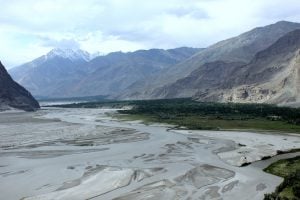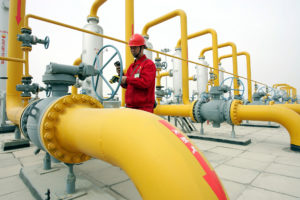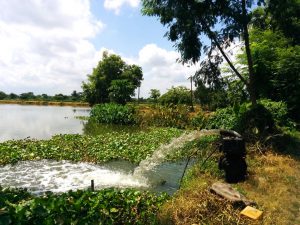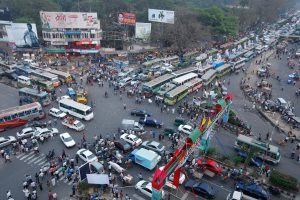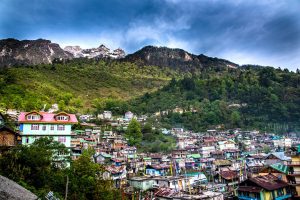Approximately 60% of Pakistan’s population lives in rural areas, and though access to electricity has gone up remarkably, the supply is both erratic and inadequate. Off-grid electrification is the only feasible solution to provide electricity to three million households in the most remote areas. Despite a huge energy crisis since 2008, resulting in 12 hours a day of load shedding (planned power cuts) in some places, the country is utilising only 128 MW of electricity out of the total potential of 3,100 MW from small hydropower projects. In Pakistan large hydropower projects cannot be built without external financial support, thus making micro-hydropower projects (MHPs) that much more attractive.
In a bid to reap this potential the provincial government of Khyber Pakhtunkhwa (KPK), governed by the Pakistan Tehreek-i-Insaf (PTI) party, has claimed that 250 mini and micro hydropower projects will become fully operational to provide electricity to around 245,000 people in hilly areas of KPK by the end of 2016. So far, though, the pace has been slow. Imran Khan, the leader of PTI, announced the construction of 350 small dams in 2014 in KPK. Of these, “only 55 such projects have been completed so far”, says Baseerat Naz, chairperson of the Fatma Welfare Foundation (FWF).
![Raising funds for a MHP in Battagram, KPK [image courtesy FWF]](/wp-content/uploads/2016/07/Rashingmoney-MHP-Dist-Battagram_FWF_4.jpg)
Though they are not much spoken about, MHPs have a four decade long history in Pakistan. Pakistan has successfully been building small hydropower projects in far-flung, remote and hilly areas of the KPK, Gilgit–Baltistan, the Federally Administered Tribal Area (FATA) and Kashmir since 1976. Sweat equity (time and labour), as the contribution from local communities is called, is a modest amount in most of the cases. Nevertheless it creates ownership and sustainability. Initial financial and technical support is provided by executing agencies including government and non-governmental organisations. In the long run, the project is maintained by the communities and its benefits remain available to many future generations.
![A micro hydel project in Dir, in Khyber Pakhtunwa [image courtesy SRSP]](/wp-content/uploads/2016/07/District-Dir-Upper_SRSP_2.jpg)
See: Chitral pioneers community hydropower schemes
Pakistan joined the global “Smart Village Initiative” (SVI) started in 2014. Through this initiative the Rural Support Programmes Network acts as a local partner to remote off-grid villages. In these areas local power projects are both more realistic and cheaper than national grid extension.
See: The smart villages of northern Pakistan
During a recent visit to the picturesque valley of Kumrat, located in the foothills of Hindu Kush in KPK, Imran Khan said that ecotourism should be developed, helping create livelihood opportunities for local people. Such goals will only be realistic if supported by MHPs. Furthermore, given the vulnerability of agriculture to extreme climate events, hydropower projects help offer a steady water supply for irrigation, flood and drought control.
According to recent estimates, the incidence of poverty in KPK is 49%. Access to energy will especially benefit women. Efficient stoves, pumps for drinking water and agro-processing reduce the workload, improve health, and provide income. Better lighting extends the day for productive work and strengthens education and health services. Irrigated agriculture provides increased employment opportunities for the poor. On the whole, improving energy infrastructure as part of an overall rural development program has a synergistic effect.
“The KPK government has taken much longer than required to reap this MHP potential. Had it acted on time, KPK would have been energy sufficient by this time,” said Pir Sher Shah, a political activist from Mardan. Pakistan and in particular, the government of KPK needs to act faster by facilitating the rapid completion of these MHP and unleash multiple opportunities for its people.
![<p>A micro hydel project brings light to the picturesque valley of Swat [image courtesy SPSP] </p>](https://dialogue.earth/content/uploads/2016/07/District-Swat-Village-serai-Kalam-MHPs_SRSP_3.jpg)

